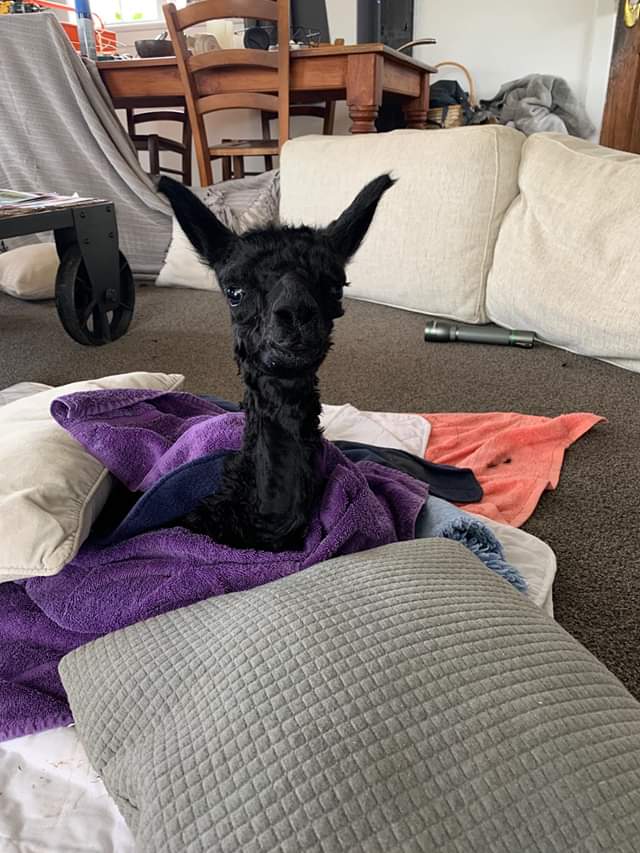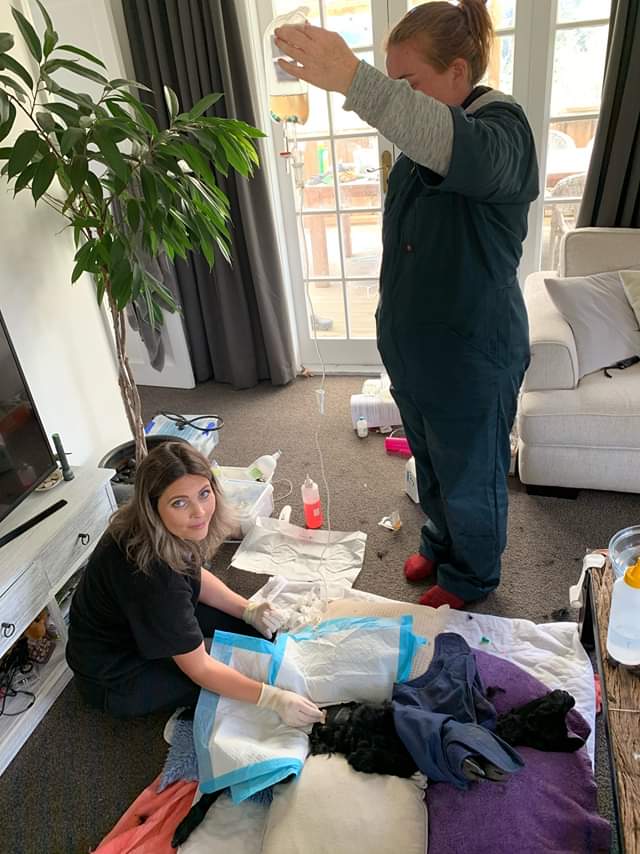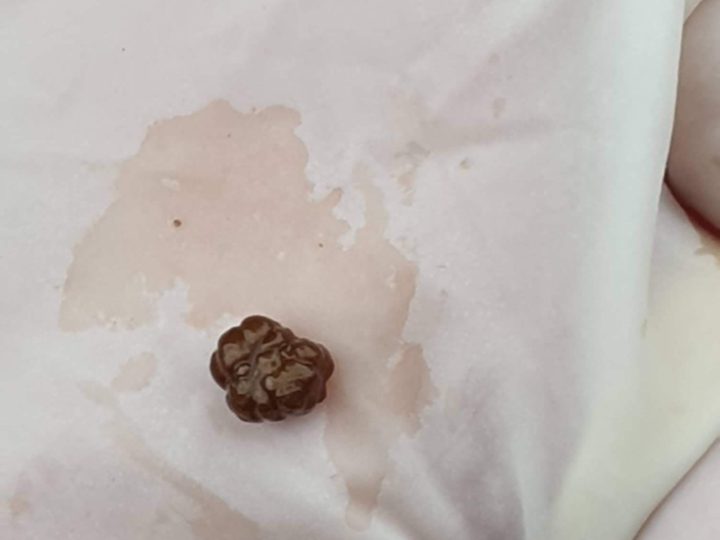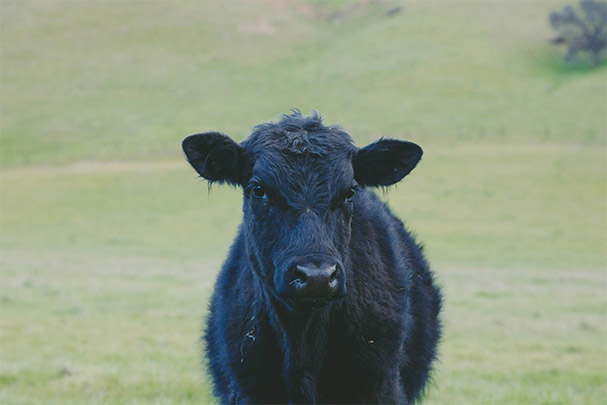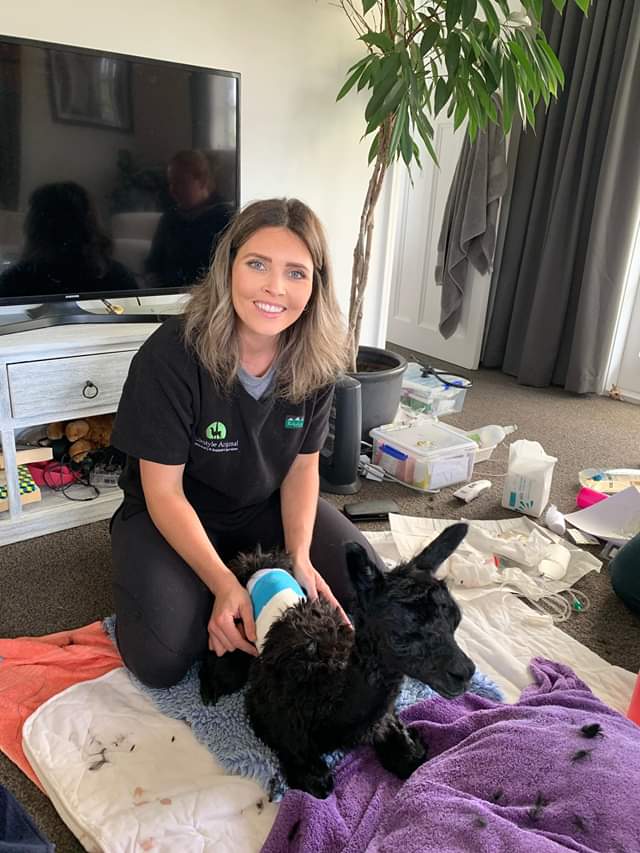
Little Inca and his success story…
Little Inca was just a few hours old when his owners Matt and Jo found him in the paddock looking rather sad. His mother had given birth to him at some stage in the last 6 hours and he was fairly lethargic and unable to stand on any of his four floppy legs. Inca’s mother was completely disinterested in her newborn baby, and she was quite happily grazing in the neighbouring paddock, leaving baby to fend for itself.
When the owners checked Incas’s temperature, they found that it was alarmingly low at 35 degrees celcius. He was moved inside immediately, rubbed down with towels and The Lifestyle Vet was called.
On arrival, we noticed the following abnormalities:
-Inca still had a low body temperature (he was hypothermic)
-He had a weak suckle reflex
-It is likely that he had not ingested any colostrum from his mother
– He was unable to stand on his own
Problem number one: Correcting Hypothermia…
Newborn animals are often born in less than ideal environmental temperature. They are also born wet, covered in amniotic fluid and don’t have an abundance of fat reserves to use for heat production. Hypothermic cria are often depressed, lethargic, have reduced reflexes and breathe poorly (slowly). If this is prolonged it can lead to heart arrhythmias (abnormal heart beat) and death.
How can you safely warm up a hypothermic cria?
The normal temperature for a cria is between 37.8 and 39 degrees celsius. If the temperature is below 37 degrees, a cria is considered to be hypothermic. A temperature between 32 and 37.2 degrees celsius will require active warming. CARE must be taken NOT to heat the cria up too rapidly, as this can actually be more detrimental that you may think.
Since Inca’s mother was completely disinterested in her baby, Inca was moved indoors to enable us to actively warm him. He was towel dried and a hair dryer was used to warm him up slowly over a 60 minute period. Care was taken to make sure that the hair dryer was NO CLOSER than 50cm away from Inca, and he was turned regularly to ensure that he wasn’t overheated. At The Lifestyle Vet, we find using a hairdryer at a safe distance a very effective way to warm up newborn animals.
What NOT to do/ common myths?
– DO NOT put the cria in a spa pool to heat it up
– DO NOT lie the cria directly on a heat matt or up against a heater
When excessive heat is supplied to the outside of the animal (spa pool, hot bath, heater), this results in rapid dilation of the blood vessels in the skin (cutaneous vasodilation), which actually causes the blood flow to the internal organs to be reduced, thus decreasing core body temperature. In effect, this actually reduces the body temperature of the cria and exacerbates the hypothermia (can cause death). Prolonged hyperthermia can also cause damage to the gut lining (intestinal epithelium), which can then lead to overgrowth of bad bacteria such as clostridial organisms and secondary infections.
Problem number two: Failure of passive Transfer…
What can you do if your baby alpaca has not received it’s colostrum?
If your alpaca cria has not received colostrum within the first 6 hours of life then that ship has sailed. Unfortunately no amount of powdered colostrum replacer will be able to provide that baby with an adequate immune system. The ONLY reliable method of providing your alpaca cria with it’s immune system after gut closure has occurred is to organise a plasma transfusion.
Enjoy our case explanations and educational topics? Stay tuned for more of The Lifestyle Vet’s stories or check them out on our Facebook page 🙂

